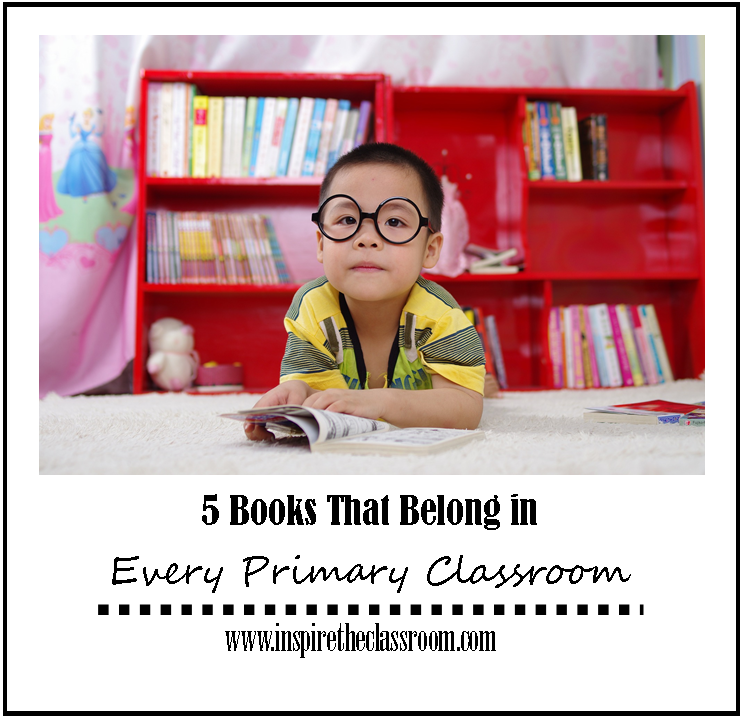Growing a Growth Mindset vs Fixed Mindset

What are Mindsets?
“Growth mindset is the belief that intelligence can be nurtured through learning and effort, while intrinsic motivation is the volition to engage in a task for inherent satisfaction. Individuals with growth mindset believe that motivation can be nurtured, and that extrinsic motivation can be internalized (i.e., from extrinsic regulation to integrated regulation that is similar to intrinsically motivated behavior)” (Ng, 2018, p. 2). Alternatively, those with a fixed mindset believe that intelligence is something we are either born with our without and that it cannot be changed. These individuals tend to avoid tasks that might result in struggle or “failure,” and as a result may not be inclined to self-assess, reflect, and set goals that can promote growth.

Impact on Student Learning
The American Academy of Pediatrics (2014) discusses how our words can positively or negatively impact children’s mindsets. The source references a study by Stanford researcher Carol Dweck (n.d.), who conducted studies with students that involved using either general praises such as “you’re so smart” or language that focused on recognizing the effort or journey involved in the learning (American Academy of Pediatrics, 2014). Dweck found that students that were praised for being smart did not have an innate desire to face new challenges and actually produced lower test scores (American Academy of Pediatrics, 2014).
The exact data related to this study was not provided in the video itself, but can be found in her book Mindsets. Children that are exposed to language regarding intelligence and a job well done were more likely to develop a fixed mindset or perfectionism over learning for understanding. Alternatively, children that were praised for effort and the learning process were more likely to develop a growth mindset and were more willing to “put in the hard work” (American Academy of Pediatrics, 2014, 5:45).
Sample Lesson Plans & Ideas
Below I’ve shared links and resources that I have found useful in my own classroom. I am spending a great deal of time this school year on Social Emotional Learning (SEL), and having a growth mindset has been a huge part of that.
- Class Dojo has an excellent selection of videos on Social Emotional Learning.
- Growth Mindset – Exercising Your Mind from Mindset Kit has some great ideas that teachers can use to help promote a growth mindset.
- Khan Academy has several lessons that can be accessed by students

For some researched-based, professional development reading, Stanford University Psychologist Carol Dweck’s Mindsets (2007), documents decades of research into the impact one’s mindset can have over growth and success. This resource provides educators and parents alike with insights into the impact of mindsets, and how we can promote a growth mindset within ourselves and others.

For more ideas, check out a blog I wrote back in my grad-school days: 5 Ways to Promote a Growth Mindset. It’s a semi-oldie, but a goodie with some great activities and resources. And finally, our good ol’ friend Pinterest has TONS of resources on growth mindset. You can search the topic on their app. You can also check out my Growth Mindset board I created for more activities, anchor charts, and ideas! I wish you all the best this school year…and happy teaching!
References
American Academy of Pediatrics (Producer). (2014).48.2 Using Praise Appropriately: The Keyto Raising Children With a Growth Mind-set . Ginsburg. [Video file]. Retrieved fromAcademic Video Online: Premium database.
Ng, B. (2018). The neuroscience of growth mindset and intrinsic motivation. Brain Sciences,8(2), 20. doi:http://dx.doi.org.csuglobal.idm.oclc.org/10.3390/brainsci8020020











 What do you think about my list? What books can’t you live without in your classroom?
What do you think about my list? What books can’t you live without in your classroom?